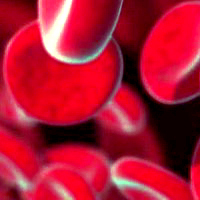Different clinical courses with the same findings: two cases of paroxysmal nocturnal hemoglobinuria presenting with thrombocytopenia

Submitted: 20 May 2020
Accepted: 8 June 2021
Published: 24 September 2021
Accepted: 8 June 2021
Abstract Views: 962
PDF: 445
HTML: 16
HTML: 16
Publisher's note
All claims expressed in this article are solely those of the authors and do not necessarily represent those of their affiliated organizations, or those of the publisher, the editors and the reviewers. Any product that may be evaluated in this article or claim that may be made by its manufacturer is not guaranteed or endorsed by the publisher.
All claims expressed in this article are solely those of the authors and do not necessarily represent those of their affiliated organizations, or those of the publisher, the editors and the reviewers. Any product that may be evaluated in this article or claim that may be made by its manufacturer is not guaranteed or endorsed by the publisher.

 https://doi.org/10.4081/itjm.2021.1319
https://doi.org/10.4081/itjm.2021.1319




